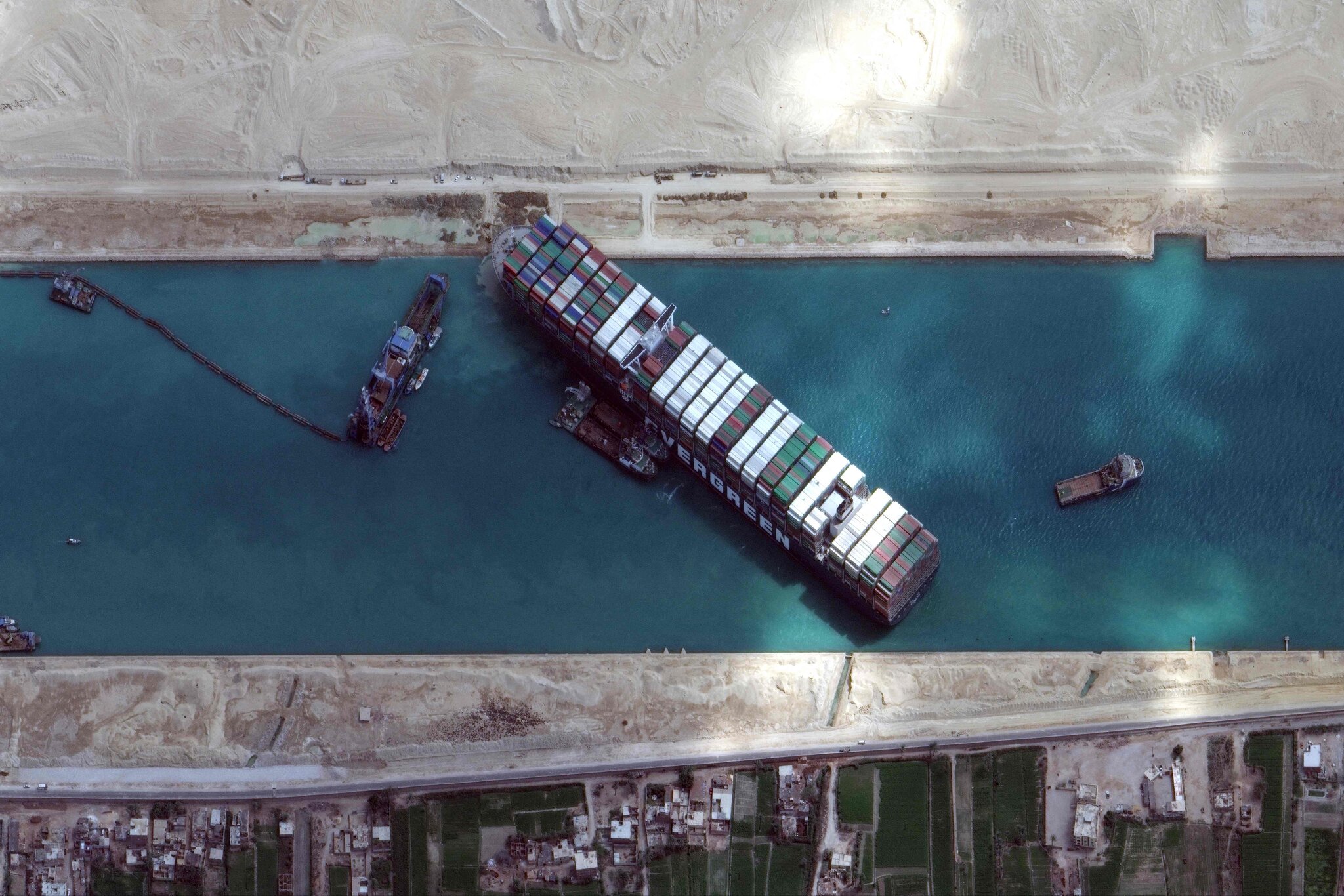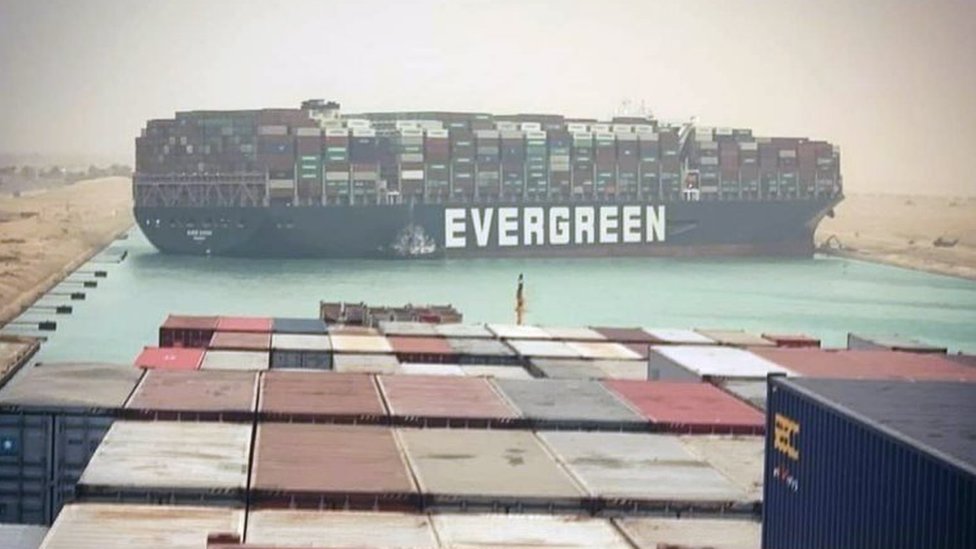How One of the World’s Biggest Ships Jammed the Suez Canal


The Ever Given Incident: When the Suez Canal Came to a Standstill
On March 23, 2021, the world witnessed one of the most bizarre and costly maritime incidents in modern history. The Ever Given, a massive container ship operated by Evergreen Marine, ran aground in the Suez Canal, blocking one of the world’s most crucial trade routes for nearly a week. The event caused a global supply chain disruption, resulting in billions of dollars in losses and highlighting the vulnerabilities of international trade.
How It Happened
The 400-meter-long vessel was navigating through the Suez Canal when high winds and human error reportedly contributed to it becoming lodged diagonally across the narrow waterway. With its bow and stern firmly stuck in the canal banks, hundreds of ships were left stranded on either side, waiting for passage.
The Economic Impact
The blockage had an immediate and severe impact on global trade. The Suez Canal, which handles about 12% of global trade, is a key link between Europe and Asia. Estimates suggest that the canal’s closure delayed cargo worth nearly $10 billion per day. Oil prices fluctuated, supply chains faced significant setbacks, and companies worldwide scrambled to reroute shipments.
The Rescue Effort
A massive international effort was undertaken to free the ship. Tugboats, dredgers, and excavators worked tirelessly to remove sand and dislodge the vessel. After six days of relentless operations, aided by high tides, the Ever Given was finally refloated on March 29, 2021, allowing maritime traffic to resume.
Lessons Learned
The incident underscored the fragility of global trade networks and the importance of alternative routes. It also led to discussions about improving maritime infrastructure, better crisis management, and the possibility of widening the Suez Canal to prevent similar occurrences in the future.
Conclusion
The Ever Given incident was a stark reminder of how a single mishap can ripple through the global economy. While the world may never forget the image of a lone excavator digging at the ship’s bow, the lessons learned from this event will likely shape the future of maritime logistics for years to come.

